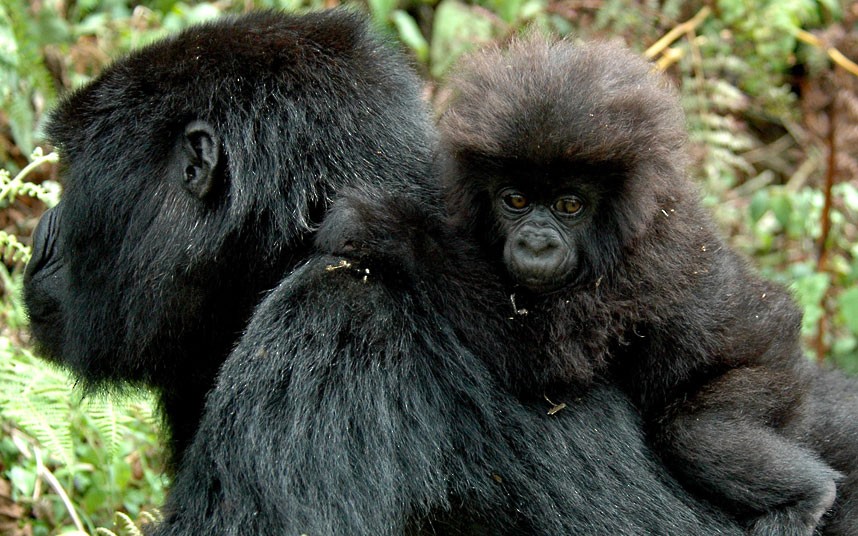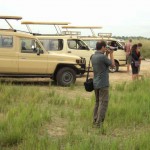
Gorilla tourism is the single most important asset over which Uganda has an absolute comparative advantage compared to other countries. Gorilla tourism provides significant economic benefits to the tourists, Uganda as a whole, the various levels of governments, the local communities, and the Uganda Wildlife Authority. Gorilla tourism has great potential to bring considerable funds to the national economy, with the associated multiplier effects on local and regional economies. Since it was officially started in Uganda, mountain gorilla tourism has been one of the leading tourism attractions in Uganda and contributes over 50 % of UWA’s annual income. Being the main attraction for tourists visiting Uganda, gorilla tourism also plays a catalytic role in the sense that some of the people who primarily come to see the mountain gorilla on gorilla tours end up visiting other wildlife areas and tourist attractions as well
Gorilla tourism in Uganda started in 1991 in Bwindi Impenetrable Forest (BIF) and 1993 in Mgahinga Forest in a bid to promote eco-tourism.:. In BIF, two groups (Mubare and Katendegyere) were habituated for tourism and by 1993; they were already open for viewing. The Katendegyere group disintegrated in 1997 and thus a separate group (Ibaare-Habinyanja) was formed and opened for tourism. A fourth group (Nkuringo) was opened for tourism in April 2004. In Mgahinga there has been only one habituated gorilla group (Nyakagezi) for tourism.
Due to ecological considerations each gorilla group has been receiving only six visitors per day until recently when the number was increased to eight visitors per day. The aim was to harmonize gorilla tourism in the region in relation to tariffs, standards and animal health issues. This was based on the experience of gorilla tourism in Rwanda and the Democratic Republic of Congo (DRC) and recommendations by researchers specifically Homsy, (1999). Note that Rwanda’s tariffs today are at $750per permit!
Background information
Although gorilla tourism officially started in 1991, it already had a history in Uganda where visitors were occasionally taken up to Mgahinga Forest Reserve to try and see gorillas in the 1950’s and later in the1970s. In BIF, tourists also tried to see the gorillas but these attempts were often fruitless or resulted in attacks.
The Ugandan Government got concerned over these haphazard attempts, and in May 1989 executed a complete ban on gorilla viewing in Uganda, pending the introduction of a controllable framework and management policies in tourism based on the experiences of gorilla tourism in Rwanda and the Democratic Republic of Congo (DRC) where organized gorilla trekking had begun 20 years earlier focusing on the eastern lowland gorillas in the Parc National de KahuziBiega. Mountain gorilla tourism is more recent and began in 1979 in Rwanda and in 1984 in the ORC. MGNP was originally planned to be the primary focus of gorilla tourism in Uganda, being contiguous with the area of the Virunga Volcanoes in Rwanda and the OR Congo, where some gorilla groups were already habituated. However, the conflict on the Rwanda border at that time made the area too dangerous and attention was shifted to Bwindi Impenetrable Forest. Furthermore due to the apparent high demand for gorilla tourism, the Government of Uganda decided to elevate both forests (Bwindi Impenetrable and Mgahinga) to national park status, so as to start controlled tourism. Today both Mgahinga and Bwindi Forest are renowned gorilla trekking destinations attracting thousands of visitors every year.

 Posted in
Posted in 

